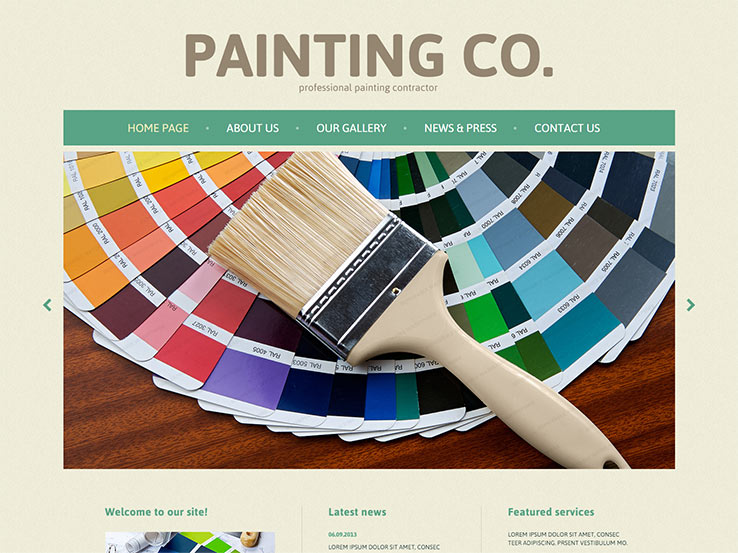Seasonal Factors To Consider For Business Outside Paint: What You Need To Know
Seasonal Factors To Consider For Business Outside Paint: What You Need To Know
Blog Article
Post Produced By-McLamb Browne
When you're preparing a commercial external paint job, seasonal variables can make or damage your results. You'll intend to take into consideration how temperature and moisture impact paint application and drying out times. Selecting the ideal season can ensure your paint adheres correctly and lasts longer. However which periods are genuinely the very best for this type of job? Let's check out the crucial elements that can affect your job's success.
The Influence of Temperature Level on Paint Application
When you're preparing a business exterior paint task, the temperature level can significantly affect exactly how well the paint sticks and dries.
Preferably, you intend to paint when temperatures vary between 50 ° F and 85 ° F. If it's too chilly, the paint may not cure appropriately, causing issues like peeling or cracking.
On the other hand, if it's as well hot, the paint can dry out as well promptly, avoiding appropriate bond and leading to an unequal finish.
You must likewise think about the moment of day; early morning or late afternoon provides cooler temperature levels, which can be much more beneficial.
Constantly inspect the maker's recommendations for the specific paint you're utilizing, as they frequently give guidance on the ideal temperature array for optimum results.
Humidity and Its Result on Drying Times
Temperature isn't the only environmental factor that affects your industrial outside painting job; humidity plays a significant function as well. High humidity degrees can slow down drying out times dramatically, affecting the general top quality of your paint task.
When the air is filled with wetness, the paint takes longer to cure, which can lead to concerns like poor adhesion and a higher threat of mold development. If you're repainting on a specifically moist day, be prepared for prolonged delay times between coats.
view site… to monitor neighborhood weather conditions and plan appropriately. Preferably, aim for moisture degrees between 40% and 70% for optimal drying.
Keeping these factors in mind ensures your job remains on track and provides a lasting coating.
Best Seasons for Commercial Exterior Paint Projects
What's the most effective season for your commercial external painting jobs?
Read Home and very early autumn are usually your best choices. Throughout these seasons, temperatures are moderate, and moisture levels are usually lower, producing excellent problems for paint application and drying out.
Avoid summertime's intense heat, which can cause paint to completely dry too quickly, leading to inadequate adhesion and coating. Similarly, wintertime's cold temperature levels can hinder correct drying and treating, running the risk of the long life of your paint task.
Aim for days with temperatures between 50 ° F and 85 ° F for optimum results. Bear in mind to check the neighborhood weather prediction for rain, as damp conditions can destroy your task.
Planning around these elements ensures your paint job runs smoothly and lasts much longer.
Conclusion
To conclude, intending your business outside paint jobs around seasonal considerations can make a significant difference in the result. By organizing work throughout the suitable temperature levels and humidity degrees, you'll ensure far better adhesion and drying out times. Keep in mind to keep an eye on local weather report and select the right time of year-- springtime and early loss are your best choices. Taking these actions will certainly help you achieve a durable and specialist finish that lasts.
